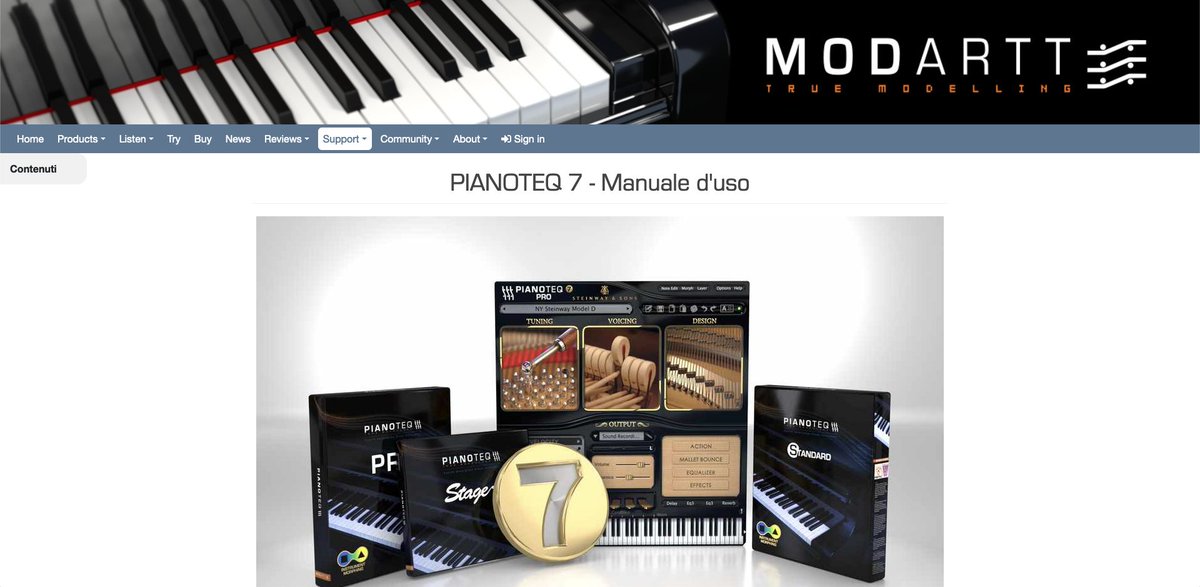

One last note of interest on this CPU- and RAM- performance-maximizing front: the "kernel_task" that always resides at the top of your Activity Monitor process list. I do not have it installed on my system, and I am not experiencing these issues, so I cannot speak to it directly. You will see no performance difference at all by switching off Dashboard - though if you are really worried for some reason, as a previous poster pointed out, all you have to do is not start it up after a cold boot, and it will not be taking up ANY resources at all - it might as well not be installed on your system.Īs for those of you using Onyx and other similar types of things, I have read a number of people reporting that in their experience, having this installed might actually be involved in problems they are having with Logic 8 and playing nice with various third-party plugs and drivers (esp. Simply put, if you have only a few widgets selected (I have eight - no problems at all), it will only take up a negligible portion of your RAM and virtual memory, and no CPU whatsoever. My heaviest widget is the iStat Pro one, which is taking up 13.77 MB of RAM and 361.32 MB of virtual memory.

The individual widgets each take up some RAM and virtual memory, but literally NO CPU even after they are opened but when they aren't visible. Pianoteq 4 includes an equalizer, key velocity connectors, volume, dynamic sounds that control the volume from pianissimo to fortissimo.After plenty of trial and error, using Activity Monitor and Menu Meters, I can definitively say that Dashboard itself takes up literally NO CPU or RAM even after it has been started for the first time. This program also lets you choose the position of the microphone and a mixture of the multiple channels (more than 5 microphones and 5 channels). Pianoteq 4 also includes 4 pedals: middle pedal, sostenunto pedal, harmonic pedal and una corda pedal.

The complex resonances can capture a piano in all its richness, like the resonance of a harp and all its cords, the duplex scale or the muffling effect when a key is played (different nuances of muffling) between other special effects, like staccato. It is a very adaptable instrument that can be connected to your MIDI compatible keyboard. The sound is produced through a physical modeled instrument that simulates the properties and behaviors of real acoustic pianos. This software is a great upgrade that includes new sounds, functions, effects and only takes up only 20MB. Pianoteq 4 is defined as the future of virtual pianos and offers the best and latest available technology.


 0 kommentar(er)
0 kommentar(er)
